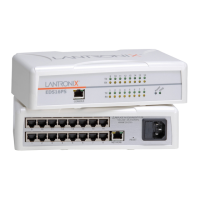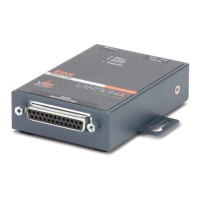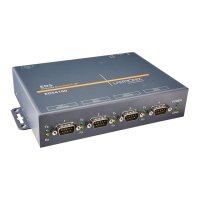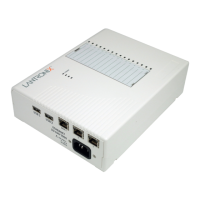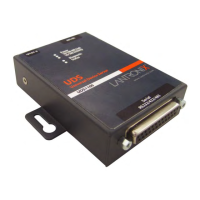C: Networking and Security
EDS Device Servers User Guide 159
SSL
Secure Sockets Layer (SSL) is an open-standard security protocol that provides privacy
through encryption, server authentication, and message integrity. From its introduction in
1994, SSL has become the industry standard for securing e-commerce transactions over
TCP/IP connections. And it is easy to see why.
Imagine mailing a letter in a clear envelope that anyone could see. If the envelope
contained a check, credit card, or other valuable information, some nefarious individual
could steal the letter or change its contents. Information traveling over networks,
including the Internet, is just as vulnerable.
Prior to SSL, packets of information would travel networks in full view of anyone who
could access the data. As the World Wide Web grew and gained in popularity, a solution
became necessary for securing e-commerce transactions over the Internet. The solution
would have to enable Internet consumers to reliably identify the Internet vendors (e-
commerce servers) with whom they transact business while, at the same time, protect the
confidentiality of the consumers’ sensitive information as it traversed the Internet. With
the advent of SSL, personal information that could be seen by anyone with access to
view it could now be secure.
Benefits of SSL
The following list summarizes the benefits of SSL:
Widely implemented standard for e-commerce applications
Reduces the complexities associated with keeping user information confidential
Works with existing Web servers and browsers
Eliminates the need for additional software applications
Provides high level of security
Platform and O/S neutral
Allows server authentication via certificates
How SSL Works
SSL uses cryptography to deliver authentication and privacy to message transmission
over the Internet. SSL permits the communication of client/server applications without
eavesdropping and message tampering.
SSL runs on layers between application protocols (HTTP, SMTP, etc.) and the TCP
transport protocol. To set up an SSL connection, a TCP/IP connection must be
established first. The SSL connection sets up a secure channel within the TCP/IP
connection in which all traffic between the client and server is encrypted. All the calls
from the application layer to the TCP layer are replaced with calls to the SSL layer, with
the SSL layer handling communication with the TCP layer.
SSL is most commonly used with HTTP (thus forming HTTPS). Web sites protected by
SSL start with a URL that begins with “https” and displays a padlock icon at the bottom of
the page (and for Mozilla Firefox in the address bar as well).
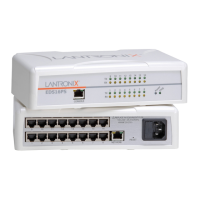
